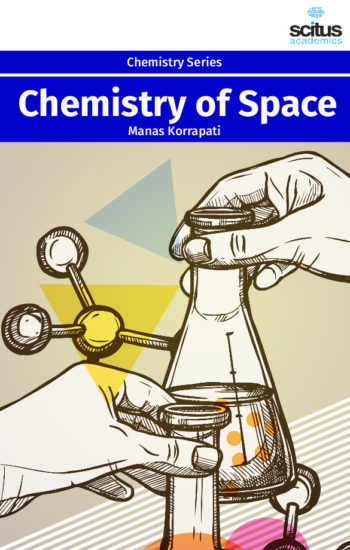Food chemistry is the study of chemical processes and interactions between all biological and non-biological components of foods. The enduring objectives of research in food chemistry are to understand relationships between the structure and functional properties of food molecules and to advance the nutritional, safety and organoleptic aspects of food. It is similar to biochemistry in its main components such as carbohydrates, lipids, and protein, but it also includes areas such as water, vitamins, minerals, enzymes, food additives, flavors, and colors. This discipline also encompasses how products change under certain food processing techniques and ways either to enhance or to prevent them from happening. An example of enhancing a process would be to encourage fermentation of dairy products with microorganisms that convert lactose to lactic acid; an example of preventing a process would be stopping the browning on the surface of freshly cut red delicious applies using lemon juice or other acidulated water. Instruments that are popular in the vicinity of chemistry are employed in food chemistry. Flavors, preservatives, emulsifiers, thickeners, stabilizers, sweeteners, colors are some of the materials that are produced from food chemistry. And a consideration of the development of these materials from their crude source through research, development, production, regulation and commerce; would telltale of how expansive is the importance of food chemistry.
‘Food Chemistry’ deals with the advancement of the chemistry and biochemistry of foods or the analytical methods or approaches used concerning to major and minor components of food, their nutritional, physiological, sensory, flavor and microbiological aspects; bioactive constituents of foods, including antioxidants, phytochemicals, and botanicals. It also provides a review of traditional and non-traditional food preservation approaches and ingredients used as food additives, contaminants, and other agro-chemicals, together with their metabolism, toxicology and food fate. The objective of this book is to provide knowledge appropriate for students, university researchers, and in general, for anyone wishing to obtain knowledge of food processing and to improve the food product quality.







